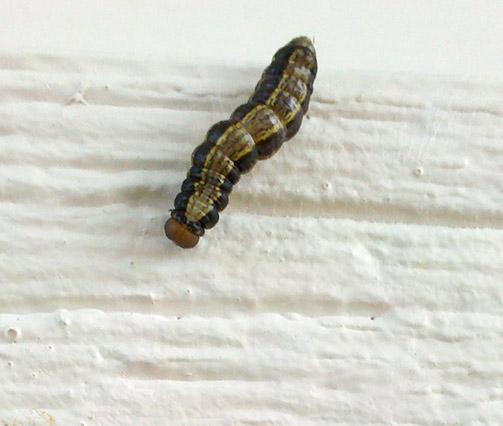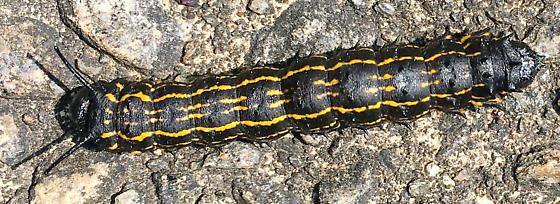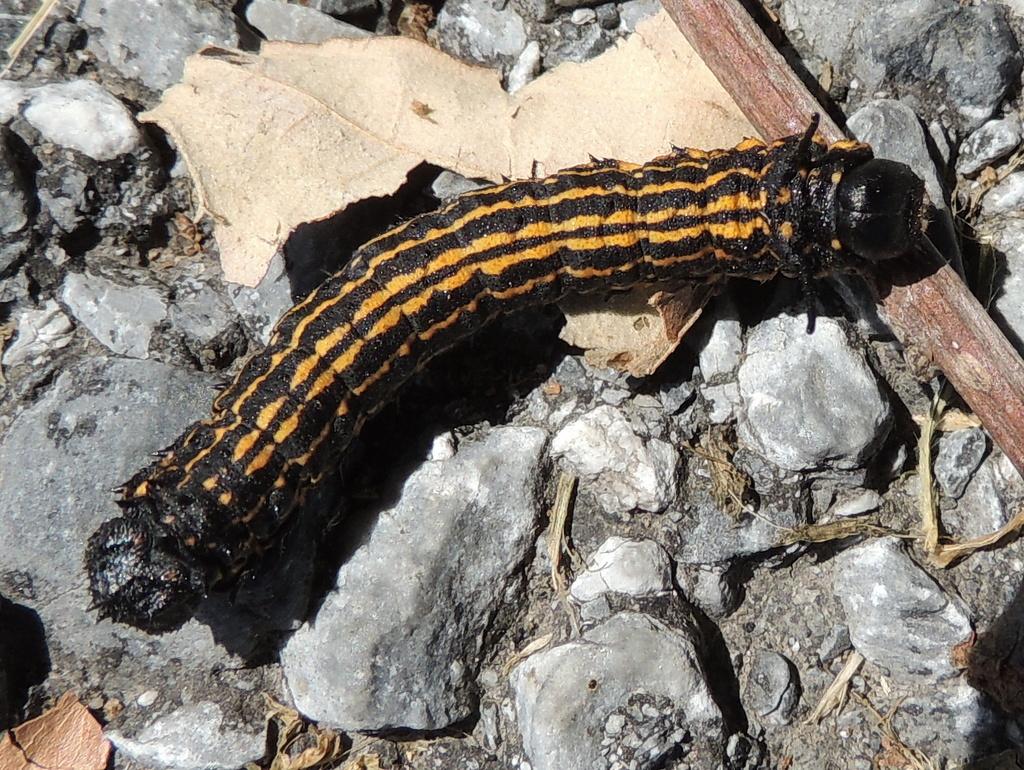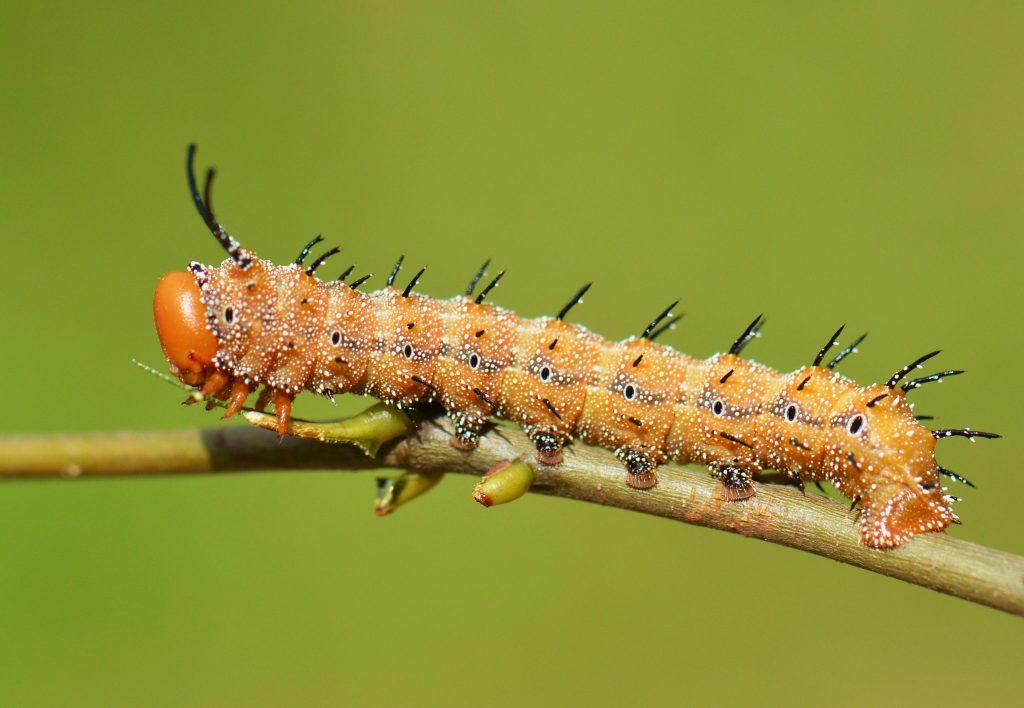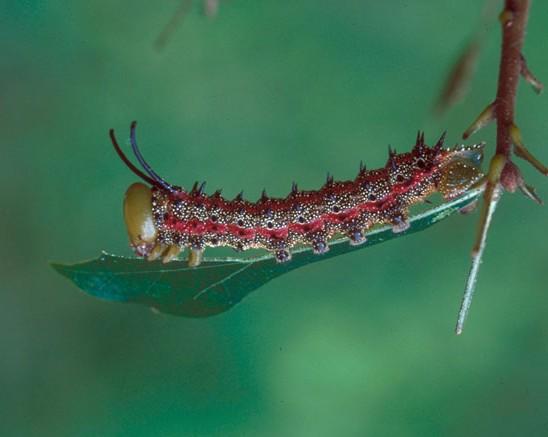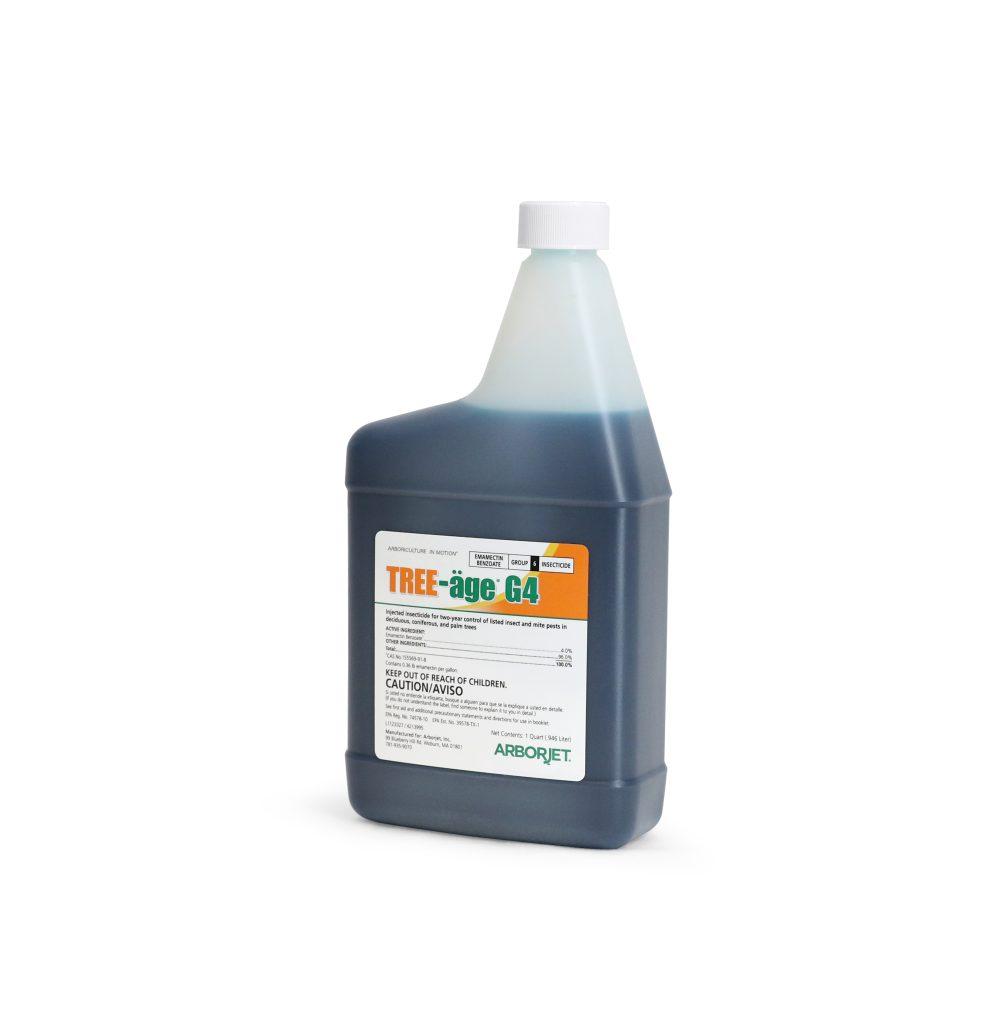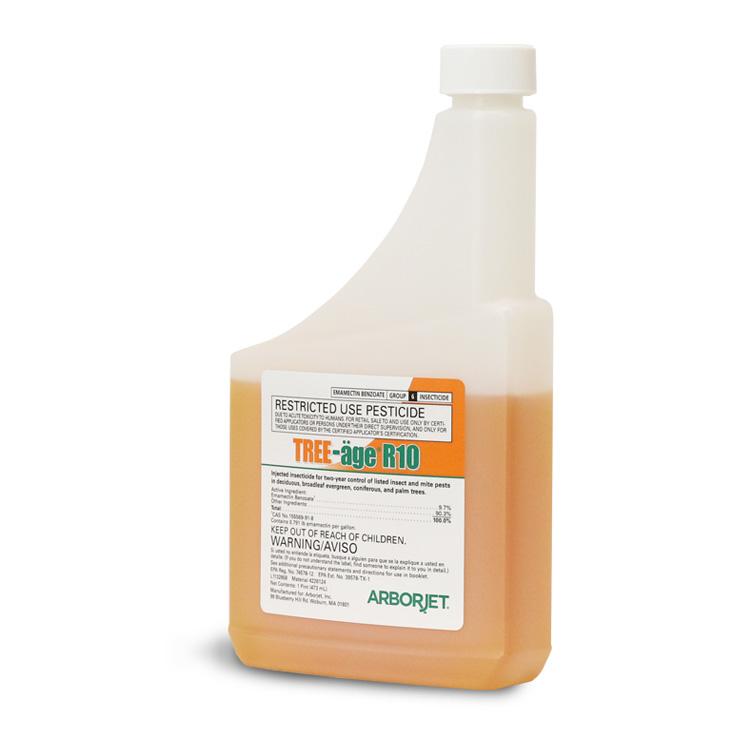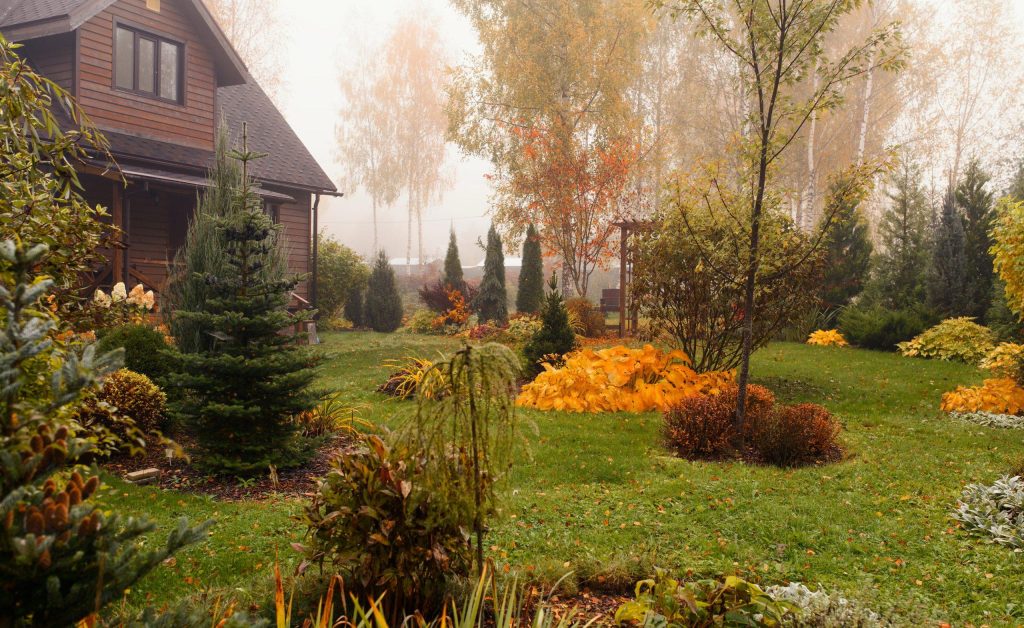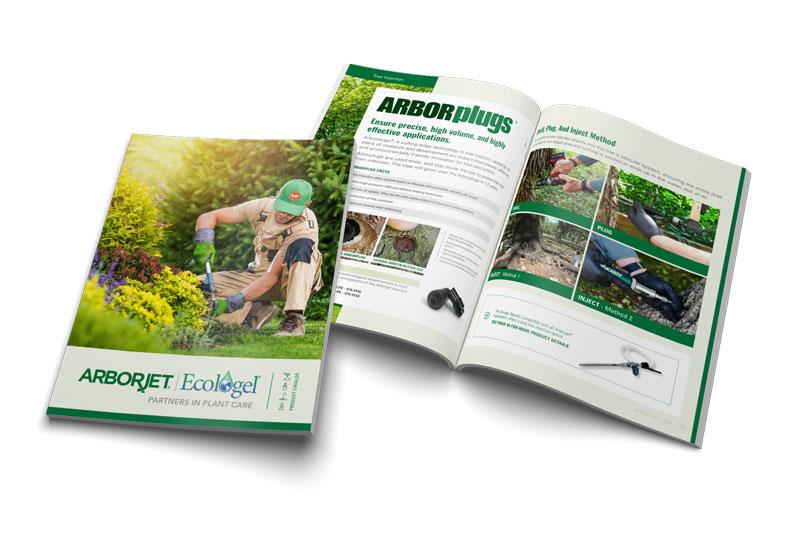Oak Worms
There are several caterpillars that feed on oaks including the California oak moth (oakworm), western tussock moth, as well as yellowstriped (YSOW), orangestriped (OSOW), spiny (SOW), and pink-striped (PSOW) oakworms.
All of these caterpillars feed on oak leaves. California oak moth caterpillars are smooth, small, yellow-green with brown heads and dark stripes down their sides. They can range from 1/10 to 1 inch in length throughout their development. They most commonly found along the coast on coastal live oak. Western tussock moth larvae are hairy with four distinctive tufts of white or cream hairs on their backs. It is found in the Pacific States and British Columbia, and is reported on virtually all California oak species. The other oakworm species generally appear as their names describes. All (YSOW, OSOW, SOW and PSOW are found throughout most of the eastern United States and into southern Canada.
Common Symptoms
Healthy oaks affected by OakWorm and Tussock moth caterpillars experience defoliation in the Spring and throughout the Summer from one or more of these pests. Damage may appear sporadically or throughout the entire canopy. Many leaves appear partially chewed (skeletonized) and will turn brown and die, while other leaves may be completely eaten. Oaks that are experiencing other stresses, such as drought, can decline from oak worm infestation at a quicker rate. Look for signs of leaf feeding or fecal pellets around the base of the tree for activity or worms raining down on you.
Treatments
Trees that are in known areas of infestation can be treated preventatively in the early spring with TREE-äge® G4 or R10 at least 4-6 weeks prior to activity. Trees with current canopy infestations should be treated with ACE-jet™ for rapid response and then sequentially with TREE-äge for two years of control.
When To Treat
Early spring applications provide the most protection from feeding damage but later treatment will also stop mid to late summer infestations very well. Be sure to encourage watering of trees in naturalized areas that may have low soil moisture or natural rainfall in order to help upward distribution of the material into the canopy. Use of a soil surfactant such as NutriRoot® in combination with watering will ensure deeper water penetration into the root system and ultimately better translocation of the systemic insecticide.
What To Expect After Treatment
Larvae in treated trees will immediately stop feeding and fall from the tree within hours (ACE-jet) to days (TREE-äge). Trees with more than 25% defoliation may generate more leaf tissue with adequate soil moisture. Consider recording or mapping the location of outbreaks as infestations are often sporadic.
References And Photo Credits
Main photo of California oak worm taken by Dawn Fluharty, Arborjet Inc.
Western Tussock moth (larvae) taken by Marc Kummel FLICKR
Yellowstriped oakworm taken by Laura Berkely via BugGuide
Orangestriped oakworm taken by Anita Gould via FLICKR
Spiny oakworm taken by Marilou Lehmann FLICKR
Pink-striped oakworm taken by James Solomon, USDA Forest Service, Bugwood.org

